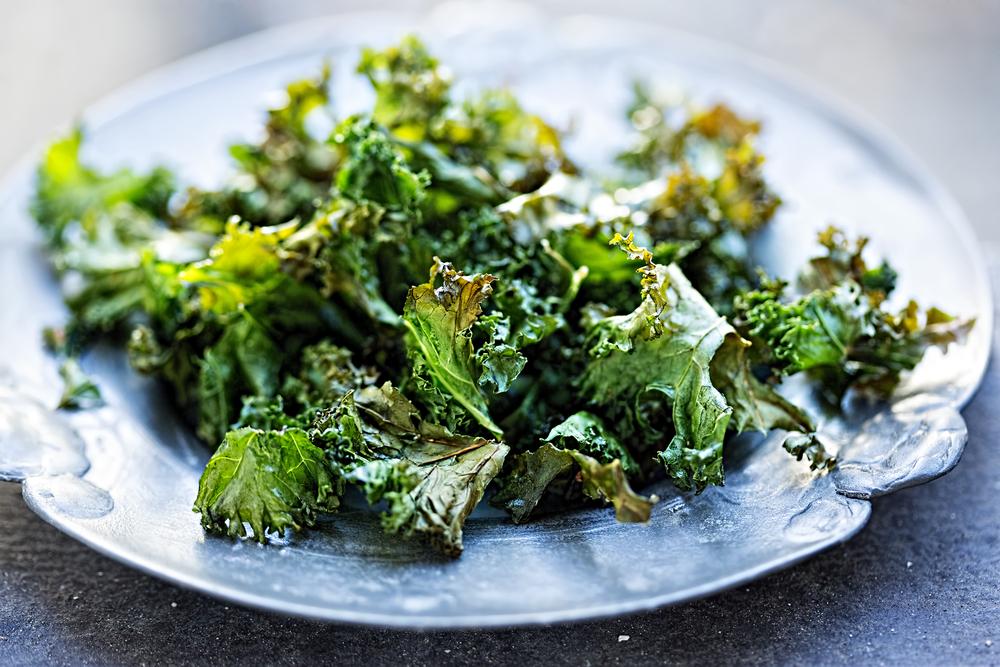On Jan. 1, 2013, countless Americans flocked to Google. With the aftertaste of New Year’s Eve dips and desserts still in their mouths, they ambled to their computers with new resolutions. A four-letter word flashed from their fingers to keyboard to Google’s search algorithm: kale. That January marked the high-water mark of the leafy green vegetable’s health food wonder status. A year later, “kale” searches were down and have sunk ever since. The vegetable didn’t change. What did?
“I think different superfoods trend,” said Chicago dietician Kirby Walter. “That doesn’t mean that they’re any less nutrient-dense or not good for you anymore. People just jump on bandwagons.”




